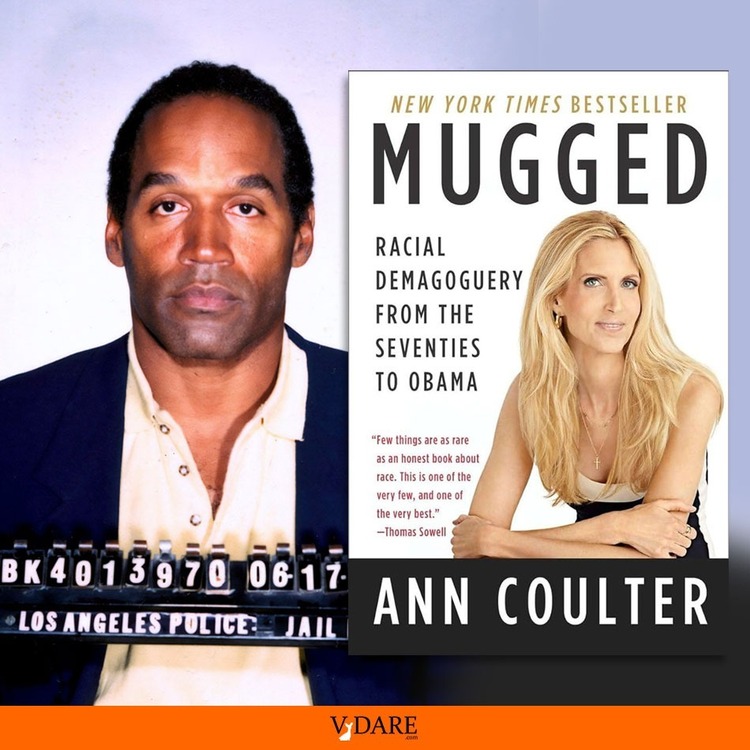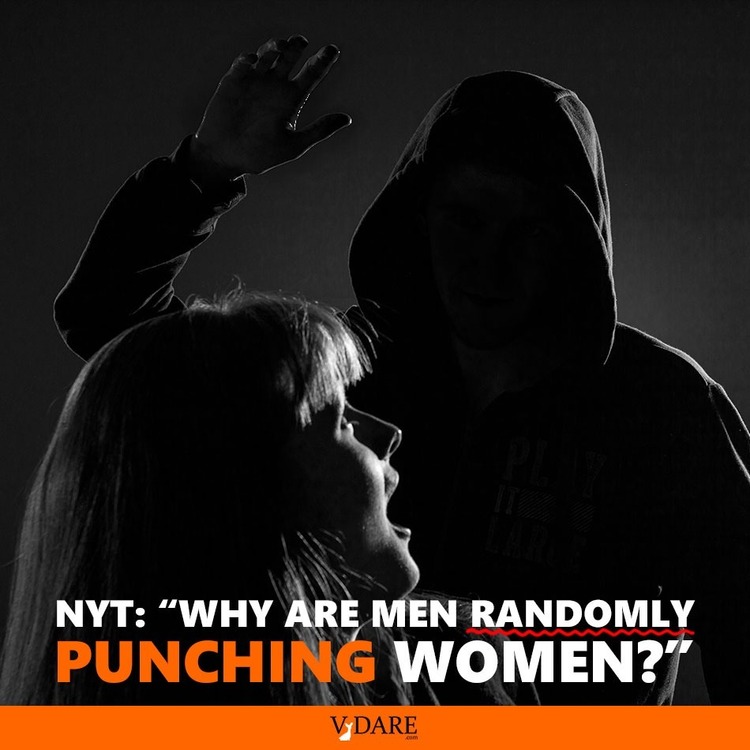Judge Sonia Sotomayor once described herself as “a product of affirmative action” who was admitted to two Ivy League schools despite scoring lower on standardized tests than many classmates, which she attributed to “cultural biases” that are “built into testing.”On another occasion, she aligned with conservatives who take a limited view of when international law can be enforced in American courts. But she criticized conservative objections to recent Supreme Court rulings that mention foreign law as being based on a “misunderstanding.”
Those comments were among a trove of videos dating back nearly 25 years that shed new light on Judge Sotomayor’s views. She provided the videos to the Senate Judiciary Committee last week as it prepares for her Supreme Court confirmation hearing next month.
The clips include lengthy remarks about her experiences as an “affirmative action baby” whose lower test scores were overlooked by admissions committees at Princeton University and Yale Law School because, she said, she is Hispanic and had grown up in poor circumstances.
“If we had gone through the traditional numbers route of those institutions, it would have been highly questionable if I would have been accepted,” she said on a panel of three female judges from New York who were discussing women in the judiciary. The video is dated “early 1990s” in Senate records.
Her comments came in the context of explaining why she thought it was “critical that we promote diversity” by appointing more women and members of minorities as judges, and they provoked objections among other panelists who pointed out that she had graduated summa cum laude from Princeton and been an editor on Yale’s law journal.
But Judge Sotomayor insisted that her test scores were sub-par — “though not so far off the mark that I wasn’t able to succeed at those institutions.” Her scores have not been made public.
“With my academic achievement in high school, I was accepted rather readily at Princeton and equally as fast at Yale, but my test scores were not comparable to that of my classmates,” she said. “And that’s been shown by statistics, there are reasons for that. There are cultural biases built into testing, and that was one of the motivations for the concept of affirmative action to try to balance out those effects.”
Judge Sotomayor’s approach to affirmative action has been the subject of intense scrutiny. Conservatives have criticized her remarks in speeches that her personal experiences will influence her judging, and they have focused on her vote to uphold a decision by New Haven to throw out results from a firefighters’ exam because not enough members of minorities scored well.
In the program, Judge Sotomayor also rejected the proposition that minorities must become advocates of “selection by merit alone.” She said diversity improved the legal system — like having a Hispanic judge in a case where a litigant and his family is Hispanic, and who can translate what is happening into Spanish.
“Since I have difficulty defining merit and what merit alone means, and in any context, whether it’s judicial or otherwise, I accept that different experiences in and of itself, bring merit to the system,” she said, adding, “I think it brings to the system more of a sense of fairness when these litigants see people like myself on the bench.”
Judge Sotomayor also mentioned her personal involvement in challenging testing in a 1994 interview. Reflecting on her 12 years on the board of the Puerto Rican Legal Defense Fund before she became a judge, she recalled helping change its policy focus from voting rights and bilingual education to economic issues, like “cases attacking civil service testing and issues of union admissions.”
So, Judge Sotomayor appears to be basically a hard-working grind. Obama wanted a liberal female Hispanic, so he had to take what he could get.
But it's not as if brilliance is a necessity for being on the Supreme Court. It's more helpful lower down the hierarchy where you have to explain yourself well in the hopes that the Supreme Court will like your reasoning. Once you are a Supreme, however, you don't have to think cogently, you just have to vote. Sandra Day O'Connor's majority ruling in the Grutter affirmative action case is inane, but, so what? O'Connor's maunderings are the law of the land.
At age 54, Sotomayor's undoubtedly got more on the ball cognitively than 89-year-old liberal Justice John Paul Stevens. His opinion in Johnson v. California showed him to be an elderly fool. But so what if Stevens is 89? He's on the Supreme Court, ain't he? Stevens' vote counts just as much as that of somebody not in his dotage.
Obviously, Sotomayor was no more able to vote objectively on Ricci than Michelle Obama would have been. Sotomayor's ego, personal and ethnic, is tied up in her remaining convinced, against the overwhelming weight of evidence, that there must be "cultural biases built into testing." If not, how else could tests have disparate impact? (The only other logical possibility would be too horrible to contemplate.)
But once you make it on the Supreme Court, little things like bias and brains are insignificant. When you are a Supreme, we're talking Who? Whom? time now.











